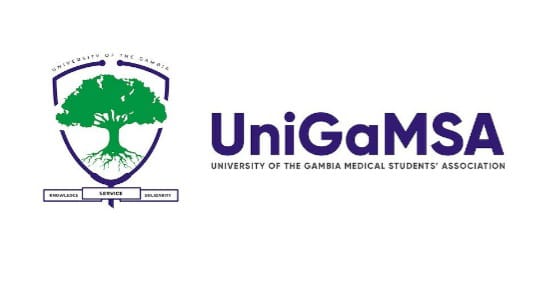October is declared Breast Cancer Awareness month throughout the world, hence the name Pink October.
Being the most common cancer by incidence globally, it calls for such attention.
According to WHO in 2020, there were 2.3 million women diagnosed with breast cancer and 685,000 deaths out of which the Gambia registered 26 deaths.
Breast cancer is the uncontrolled growth of breast tissue. Whilst there are no known causes, there are many risk factors predisposing to the condition.
The female gender and age around 40 and above are the two highest risk factors. It is, however, important to note that all women after attaining the age of menarche (menses) can develop this condition but the peak incidence occurs around age 40 and above. Hence the importance for every female to be aware of this malignancy.
The male gender is not an exception, but incidence is low, out of every 1000 cases, one is likely to be of the male gender.
Other risk factors include increasing age, obesity, harmful use of alcohol, family history of breast cancer, history of radiation exposure, broad reproductive age (early menarche-late menopause) tobacco use and postmenopausal hormone therapy.
Those born with BRCA I, BRCA II genes are at higher risk.
Behavioural choices and related interventions that reduce the risk of breast cancer include:
Prolonged breastfeeding,
Regular physical activity,
Weight control,
Avoidance of harmful use of alcohol,
Avoidance of exposure to tobacco smoke,
Avoidance of prolonged use of hormones; and
Avoidance of excessive radiation exposure.
Breast cancer most commonly presents as a painless lump or thickening in the breast. It is important that women finding an abnormal lump in the breast to consult a health practitioner without a delay of more than 1-2 months even when there is no pain associated with it. Seeking medical attention at the first sign of a potential symptom allows for more successful treatment.
Generally, symptoms of breast cancer include:
- A breast lump or thickening.
- Alteration in size, shape or appearance of a breast.
- Dimpling, redness, pitting or other alteration in the skin.
- Change in nipple appearance or alteration in the skin surrounding the nipple (areola); and/or
- Abnormal nipple discharge.
The presence of one/more of these symptoms doesn’t translate to cancer directly, it could be something else, but you can only find out by visiting a health care centre for test, examination and treatment.
To conclude, look at your breast, touch to feel, check with health care providers for any abnormalities.
Together we can beat cancer!
Reference: WHO




